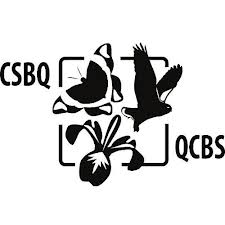Kendra Warnock-Juteau

Projet
Encouraging wildlife use of existing crossing structures along roads: Which factors require improvement?As landscapes in North America become increasingly impacted by roadways and heavy traffic, not only is there an increase in wildlife-vehicle collisions, but native wildlife species are also subjected to habitat fragmentation. While wildlife crossing structures and fencing have proven to be effective mitigation methods, their expensive installation and maintenance costs restrict their construction throughout most of North America. However, many existing structures have the potential to facilitate wildlife crossings. This study evaluates existing human-purpose underpasses below Highway 10E in the Appalachian region of Quebec as potential crossing structures for native mammal species. Eight underpasses consisting of five water culverts with a minimum height and width of 1.8m, one gravel roadway, and two railroad underpasses were continuously monitored by motion- detection infrared trail cameras for periods spanning up to 778 days, from September 2016 until November 2018. Using linear mixed effects models, I analyzed the influence that certain structural and environmental variables have on mammal crossings at the monitored underpasses. Temperature was found to have a significant positive effect on mammal activity at the crossing sites. Surprisingly, high human activity levels were also found to have a positive effect on mammal full passages, although all monitored crossing structures had minimal human observations (< 30 events daily). Furthermore, flooded water culverts were found to have a significant negative effect on mammal full crossings. These results suggest that the installation of dry ledges into the water culverts and installation of guiding fencing to direct animals toward the crossing structures and away from the road surface would further encourage successful wildlife full crossings.

